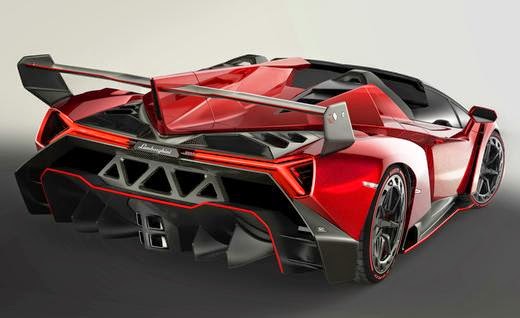ACCRA, Nov 24 (Reuters) - Ghana's government has given Italian energy firm Eni the final green light to develop gas resources in the Offshore Cape Three Points (OCTP) block, expected to begin production in 2017, it said on Monday.
The government, hoping to boost oil and gas production, said in a statement that it also planned to acquire a third floating production storage and offloading (FPSO) vessel, to be used for the $6 billion offshore project which must now be approved by Ghana's parliament.
“This project promises to deliver up to 170 million cubic feet of gas per day for the next 20 years and put Ghana on its way to a future where one of the critical constraints to power generation (cheaper fuel) will be addressed" it said.
A senior official at Ghana National Petroleum Corporation (GNPC), a partner in the project, said the $6 billion total covers all costs leading to production of oil and gas, including the initial cost of the FPSO, which will be leased.
Eni operates the OCTP block, in partnership with commodities trader Vitol and GNPC.
Ghana produces around 100,000 barrels per day from the offshore Jubilee field, which also produces 120 million cubic feet of gas. It plans to start production of oil and 50 million cubic feet of gas in 2016 from the Tweneboah Enyeara and Ntomme (TEN) offshore field.
Ghana's economy has seen sustained growth on exports of gold, oil and cocoa and 2014 GDP is projected to stand at 6.9 percent. The government forecast last week, however, it will drop to 3.9 percent this year, in part because of fiscal challenges.
Source: Reuters on Rigzone



